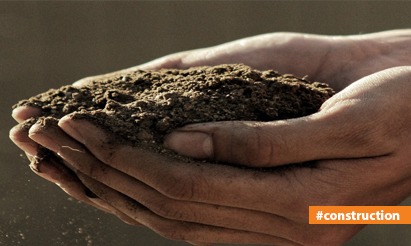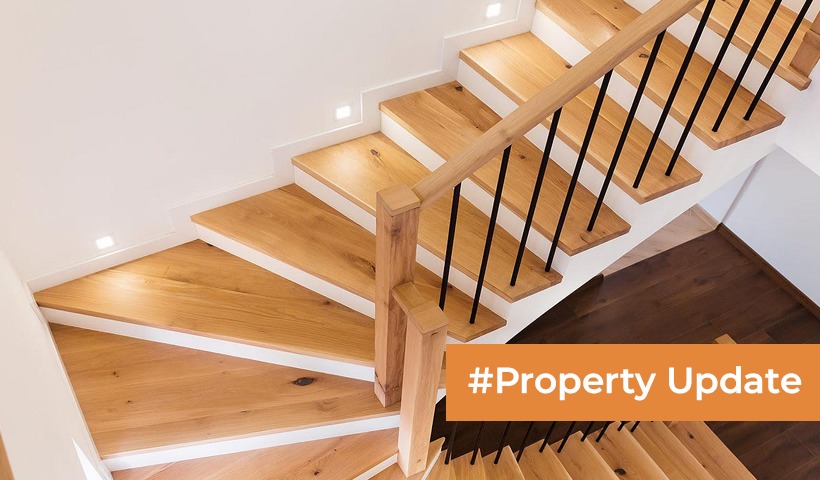Dive into DIY: Building a Beautiful Pond in Your Own Backyard!
Building a pond can be a rewarding and tranquil addition to your backyard or garden. Ponds not only enhance the aesthetics of your outdoor space but also provide a habitat for aquatic life and can be a source of relaxation and enjoyment. Whether you’re planning a small decorative pond or a larger natural pond, this step-by-step guide will help you create your very own aquatic paradise.
Step 1: Planning and Design
Before you start digging, it’s crucial to plan and design your pond. Consider the following factors:
- Location: Choose a spot that receives an adequate amount of sunlight and complements the overall landscaping. Ensure it’s away from overhanging trees to prevent debris from falling into the pond.
- Size and Shape: Determine the size and shape of your pond based on available space and your design preferences. Common shapes include circular, oval, and kidney-shaped ponds.
- Depth: Decide on the depth of your pond. Deeper ponds are better for fish, while shallower ponds are ideal for aquatic plants and frogs.
- Landscape: Plan the surrounding landscape, including rocks, plants, and a potential waterfall or fountain.
Step 2: Obtaining Necessary Permits
Depending on your location and the size of your pond, you may need permits or approvals from local authorities or homeowner’s associations. Check with the relevant authorities to ensure compliance with regulations.
Step 3: Gather Equipment and Materials
You’ll need various tools and materials for your pond project, including:
- Shovel or backhoe
- Pond liner or preformed pond shell
- Underlayment fabric
- Rocks or stones for the pond’s edge
- Water pump (if adding a waterfall or fountain)
- Filtration system (if keeping fish)
- Pond plants
- Fish (if desired)
Step 4: Digging the Hole
Start digging the hole for your pond according to the design you planned. Be sure to dig shelves or ledges at varying depths to accommodate different types of aquatic plants and create habitat areas for fish.
Step 5: Install Underlayment and Pond Liner
Spread a layer of underlayment fabric over the excavation site to protect the pond liner from punctures and tears. Next, carefully place the pond liner or preformed pond shell into the hole, ensuring it covers all sides and shelves.
Step 6: Add Water and Rocks
Fill the pond with water and adjust the liner to eliminate any wrinkles or folds. As you add water, gradually place rocks or stones around the pond’s edge to create a natural look and hold the liner in place.
Step 7: Install a Filtration System and Pump (Optional)
If you plan to keep fish in your pond, consider installing a filtration system and water pump to maintain water quality. Ensure that the system is set up correctly and functioning well.
Step 8: Add Aquatic Plants
Introduce aquatic plants to your pond, including submerged plants, floating plants, and marginal plants. These plants not only enhance the pond’s beauty but also help maintain water quality.
Step 9: Consider Adding Fish (Optional)
If you desire a fish pond, carefully introduce fish species that are suitable for the pond’s size and depth. Common choices include koi, goldfish, and native fish species.
Step 10: Maintain Your Pond
Regular maintenance is essential for a healthy pond. This includes cleaning debris, monitoring water quality, and trimming plants as needed. Depending on your pond’s size and complexity, maintenance can range from simple tasks to more involved care.
Conclusion
Building a pond is a delightful DIY project that can transform your outdoor space into a peaceful oasis. With careful planning and attention to detail, you can create a pond that not only adds natural beauty but also contributes to the ecosystem of your garden. Enjoy the soothing sound of running water, the colorful aquatic life, and the serenity that a well-maintained pond can bring to your outdoor environment.
Disclaimer: The views expressed above are for informational purposes only based on industry reports and related news stories. PropertyPistol does not guarantee the accuracy, completeness, or reliability of the information and shall not be held responsible for any action taken based on the published information.




